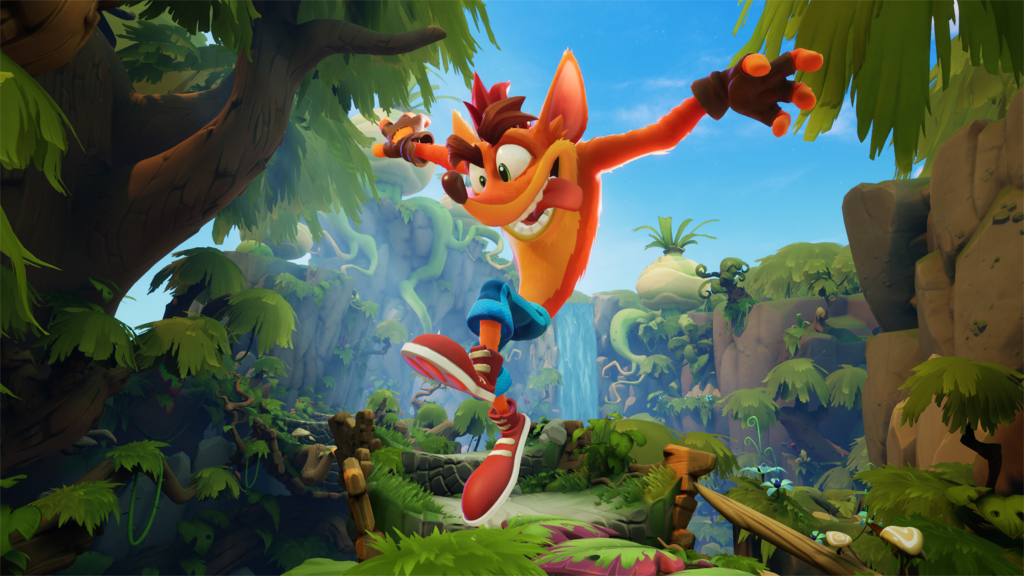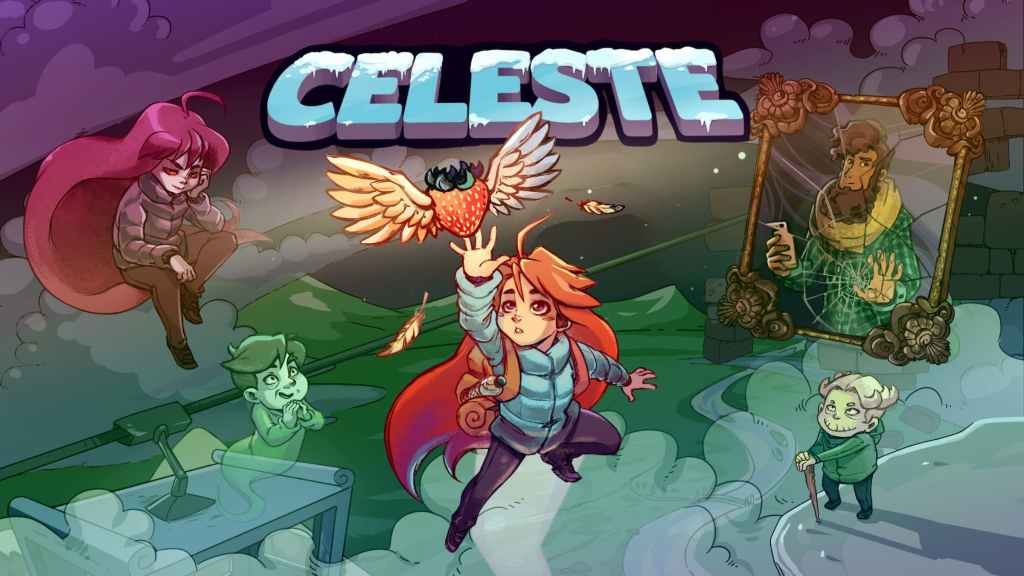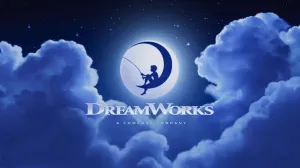When looking at gaming history, some of the most iconic characters hail from the platforming genre. Mario, Sonic, and the Belmonts are just a handful of examples. No matter how old you are, the feeling of leaping across chasms, dodging hazards, and landing that perfect jump taps into something universal, and that’s why the genre is so beloved. From pixel-perfect classics to modern indie masterpieces, platformers have always been about movement, timing, and discovery. But while their core spirit has stayed the same, one of the genre’s oldest traditions has quietly disappeared over time, and the genre is better for it.
Videos by ComicBook.com
Looking back, it’s almost shocking how punishing older platformers could be. They demanded absolute perfection, and any mistake could cost you dearly. Lives were one mechanic that haunted playthroughs. From Super Mario Bros., Sonic the Hedgehog, to Donkey Kong Country, players had to count lives or risk restarting entire worlds and levels. Most modern platformers either remove lives entirely or turn them into a trivial relic. And honestly, good riddance. Because by ditching the lives system, the genre found room to evolve in ways that make platformers faster, fairer, and infinitely more fun.
When Running Out of Lives Meant Losing Everything

I remember the sinking feeling of playing a platformer and nearing the end of my lives. The expectation of the dread Game Over screen, especially when so close to completing a level or defeating a boss, was heartbreaking. The punishment was brutal: you’d lose your progress, restart levels, and replay sections you’d already mastered. It wasn’t just about skill; it was about endurance. I had to not only perfect jumps and learn enemy patterns, but do it all in one go.
Back then, this system had a purpose. The concept of lives came from arcades, where every continue meant dropping another quarter into the machine. It was a relic of that pay-to-play mentality, a way to extend challenge and replayability. When home consoles took over, that same mechanic carried forward, not because it made sense anymore, but because it was tradition.
As games grew longer and more complex, this kind of design started to show its age. Losing hours of progress didn’t make players more engaged, it made them quit. And that’s where modern design philosophy began to shift. A challenging game like Crash Bandicoot became increasingly punishing because of this. Every missed jump over a pit, every boulder run that ended in disaster, meant watching that life counter tick down. Once it hit zero, I knew I’d be replaying the whole level. It was thrilling in its own way, but it also made progress feel like punishment.
The End of the ‘Game Over’ Era

Somewhere along the way, developers realized that forcing players to restart entire worlds wasn’t adding tension. Platformers started embracing quick respawns, checkpoints, and instant retries. The idea wasn’t to remove difficulty but to make failure part of the learning process rather than a hard stop. Games like Celeste, Super Meat Boy, and Ori and the Will of the Wisps exemplify this new philosophy. When you die, and you will die a lot, you’re instantly thrown back into the action.
There’s no tally of remaining lives, no Game Over screen, no loading screens dragging down momentum. This rapid feedback loop transforms frustration into flow, making players feel challenged but never punished. I vividly remember my first run through Celeste. No matter how many times I died, I pushed forward, learning the best route and how to master Madeline’s skills. Without lives, it showed a rhythm, a timing, and a better path. When I finally reached the summit, it wasn’t just relief I felt; it was triumph. The game had pushed me without ever pushing me away.
Even Nintendo, once the staunch guardian of traditional design, has embraced this shift. Super Mario Odyssey lets you die as much as you want, only penalizing you a few coins. Donkey Kong Country: Tropical Freeze and Kirby and the Forgotten Land feature generous checkpoints, ensuring that momentum never stalls. And it works. This evolution doesn’t mean modern platformers have gone soft. If anything, removing lives allows developers to focus on what actually matters: mastery.
Why Platformers Are Better Than Ever Without Lives

Removing lives hasn’t just made platformers more accessible; it’s made them better designed. Without the looming threat of a restart, developers can craft levels that challenge precision and timing without worrying about burnout. A difficult game like Hollow Knight would be a nightmare with lives and thrive on checkpoints. You still fail often, but you’re encouraged to keep going. Where dying once felt like punishment, it now feels like progress and teaching moments.
This shift has also changed how players relate to failure. Each death is a data point, a stepping stone on the path to mastery. That’s why speedrunners and challenge seekers thrive on modern platformers: the ability to instantly retry fosters continuous improvement. The lives system, by contrast, interrupts learning. It punishes repetition, when repetition is exactly what mastery requires. Personally, I can’t imagine going back. When I revisit older titles with strict life limits, I find myself more frustrated than nostalgic.
If this is one game that showcases how brilliant this switch is, it’s Astro Bot. I couldn’t imagine the game with a classic lives system. It excels at pure uninhabited joy, and even when you make a mistake, you can jump back into the action. But Team Asobi also caters to this older audience with its challenge levels, giving players a single life to reach the end.
From an industry standpoint, this evolution makes sense. Modern players have different expectations and less patience for artificial punishment. Developers understand that keeping players engaged means respecting their time. The quick-reset philosophy ensures that gameplay remains the focus. Platformers are faster, tighter, and more satisfying than ever, and I cannot wait to see how the genre continues to evolve.
What do you think? Leave a comment below and join the conversation now in the ComicBook Forum!









